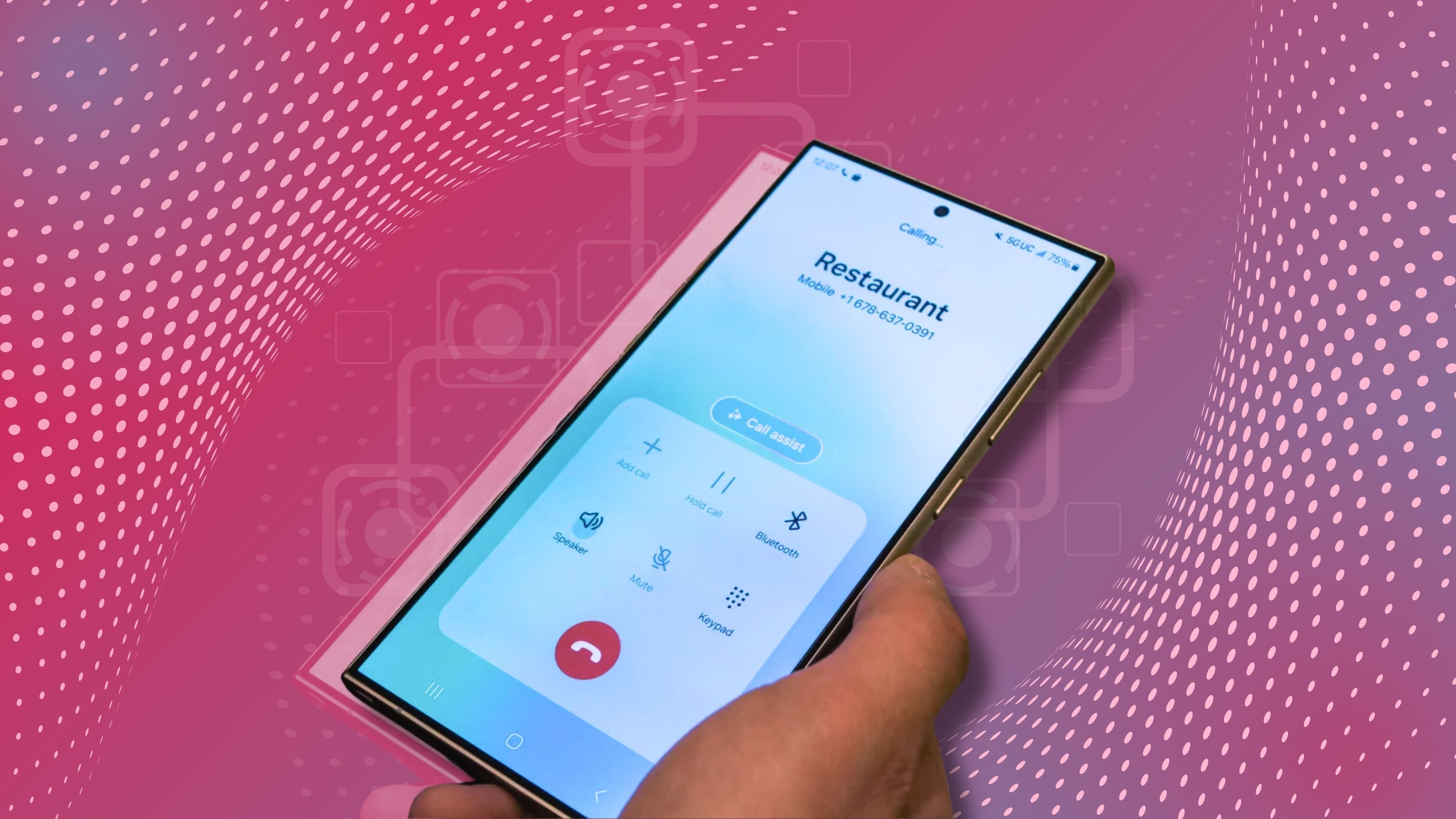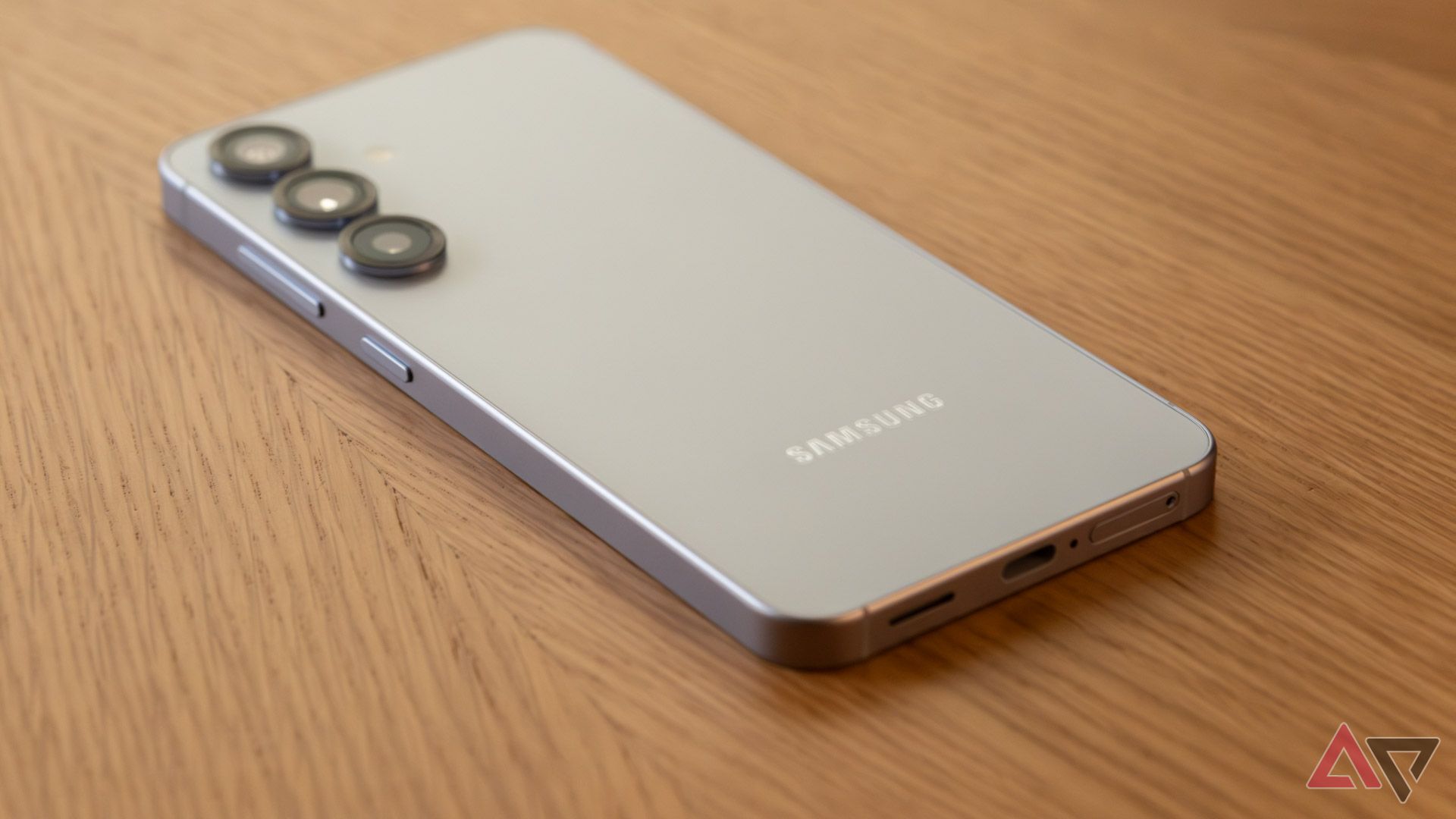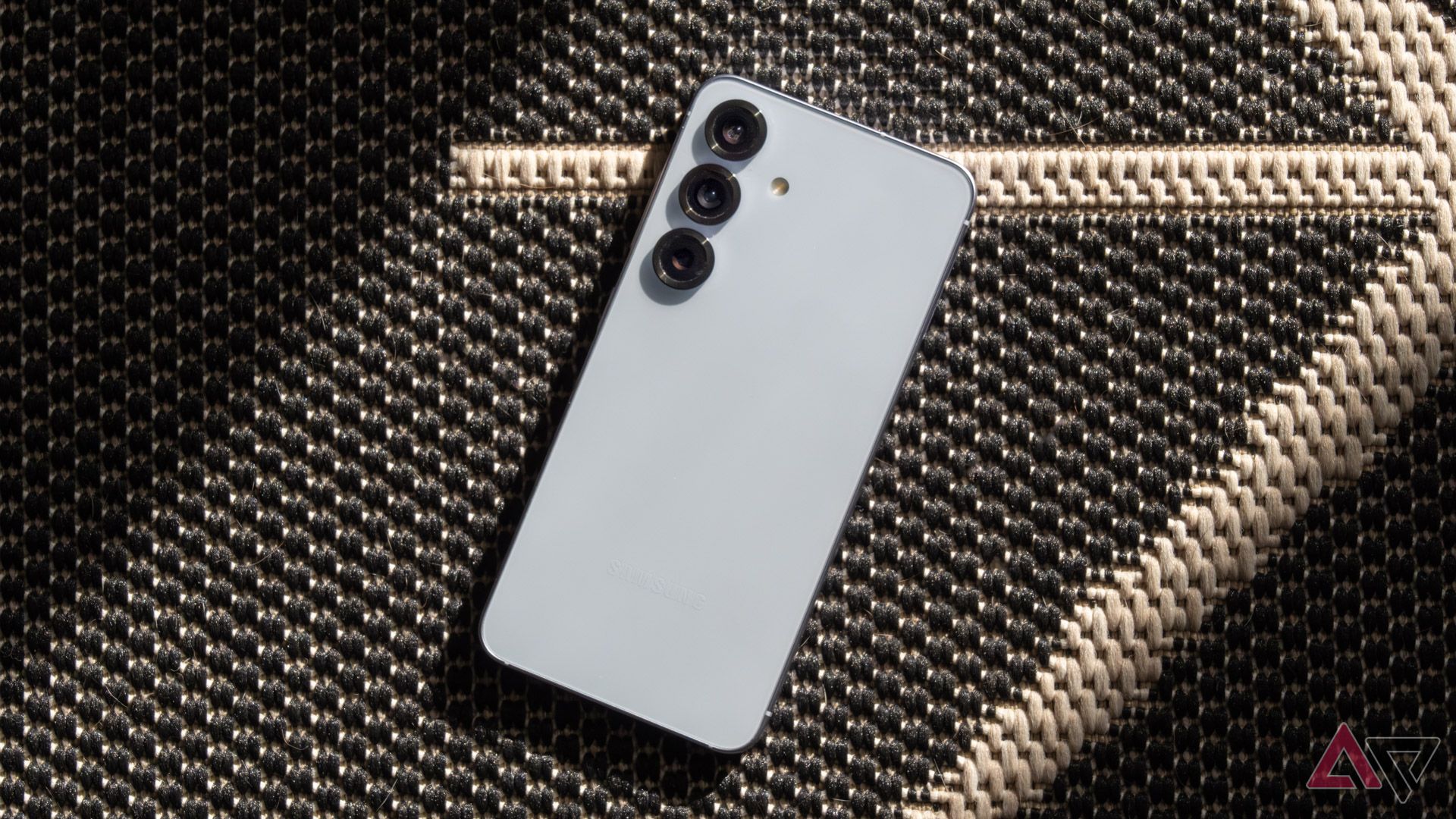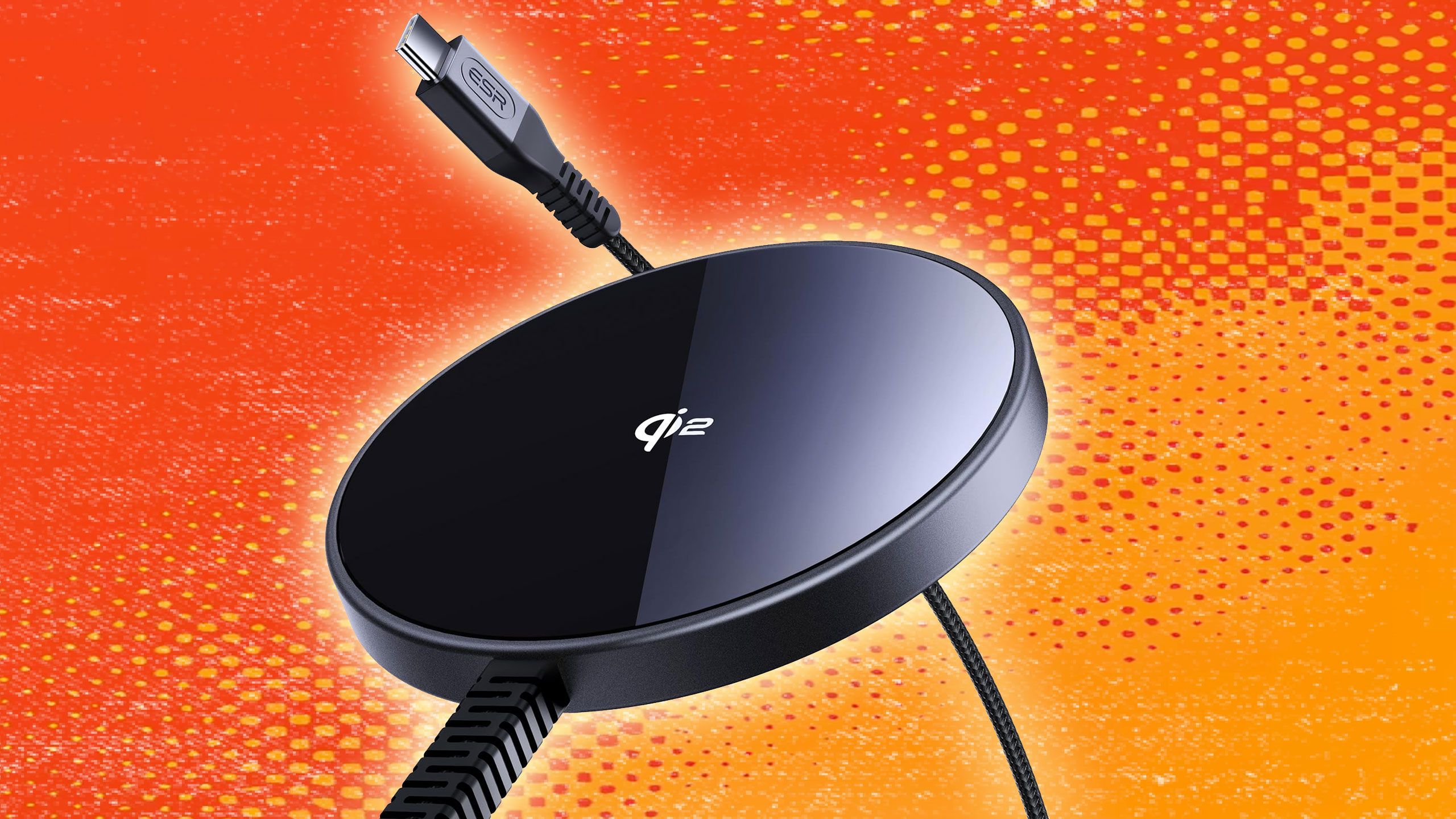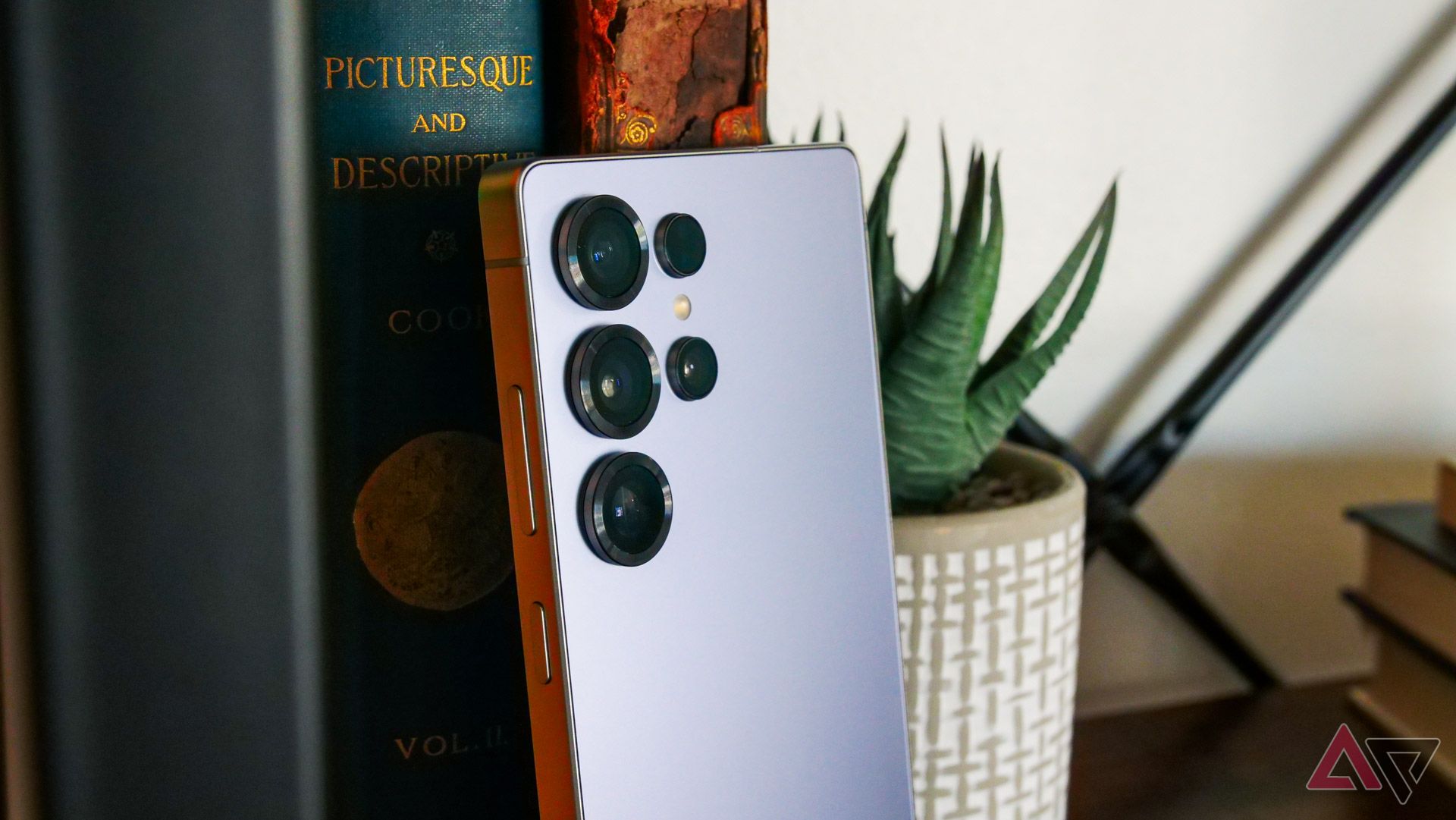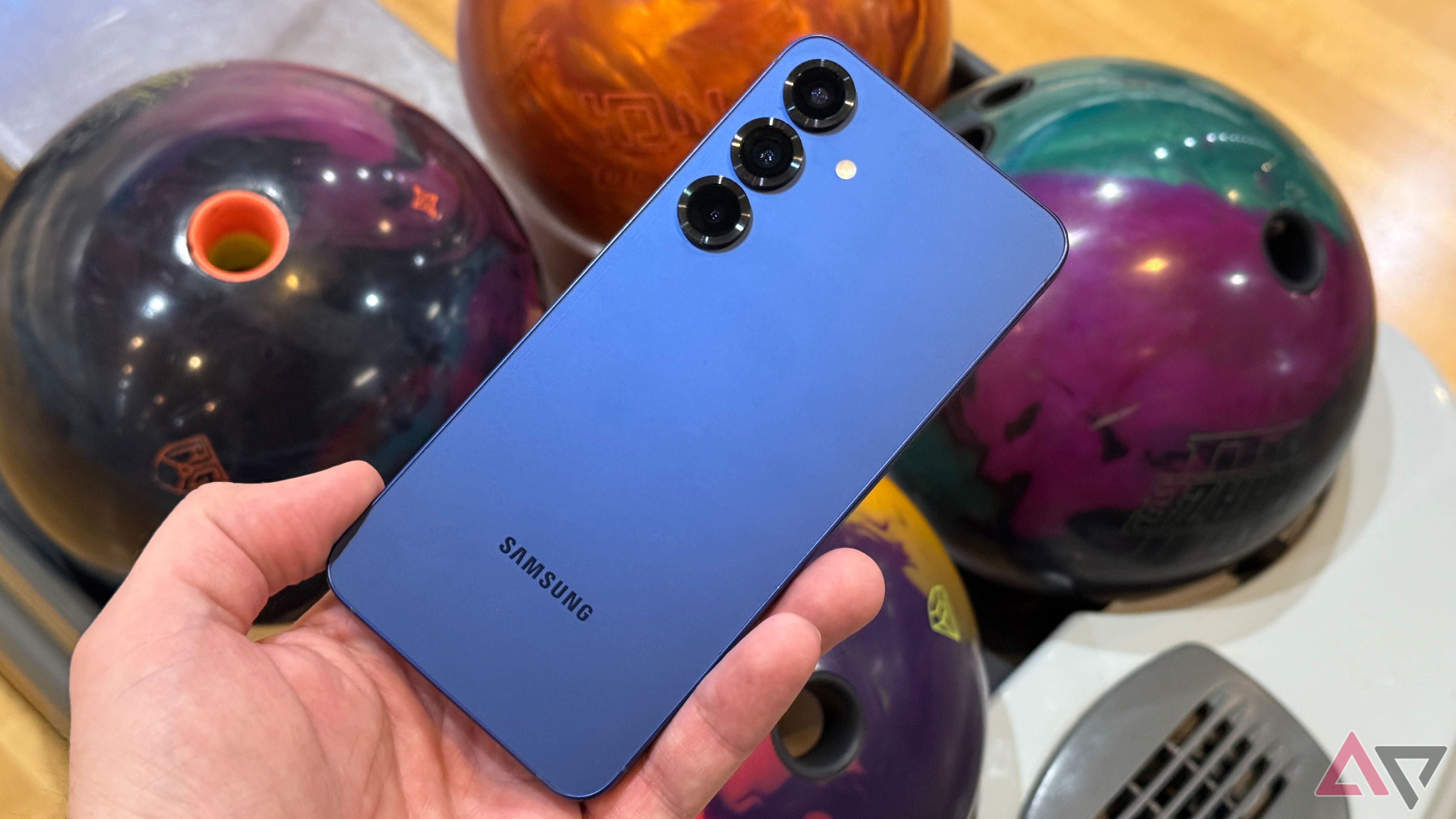After using almost all the best Samsung flagships launched since 2010, from the original Galaxy S to the Galaxy S23 Ultra, I decided to step away from its devices in 2023. While I appreciate One UI and Samsung’s stunning displays — the anti-reflective coating on the Galaxy S24 and S25 Ultra’s displays being especially useful for everyday use — I won’t buy a Samsung flagship again until the company resolves some persistent issues that affect its devices.
4
Poor support experience
No international warranty for $1,000+ flagships is disappointing
When you spend upwards of $1,000 on a flagship smartphone, you expect top-notch service quality. More so if it is a company like Samsung, the world’s biggest smartphone maker, with an extensive distribution network. Yet, the Korean firm has consistently failed to deliver in this area. In over a decade of using Galaxy phones, I have had to visit their service centers in various countries a few times. Every time, the experience was sub-par, with shoddy repair work.
Your experience may vary depending on where you live, but there’s a reason Samsung’s after-sales support doesn’t receive the same level of praise as Apple’s.
Worse, Samsung does not offer international warranty coverage on its devices. This would make sense for its mid-range and budget devices, but selling $1,000+ phones without an international warranty nowadays seems wrong. Other major brands, including Apple and Xiaomi, offer international warranty coverage for their devices.
This might not seem like a big deal to most. However, if you’re constantly on the move, having international warranty coverage can be a lifesaver. This is especially crucial for smartphones, considering how much we rely on them for everything, from making payments to storing IDs and travel information.
3
Slow charging speeds
And being reluctant to adopt new technology
The Samsung Galaxy S25 Ultra packs a 5,000mAh battery, the same capacity cell the company first used with the Galaxy S20 Ultra in 2020. Five years later, while the competition now packs 5,500mAh or 6,000mAh batteries on their flagship phones, Samsung is still sticking to the same battery capacity.
Samsung has done little to improve the charging speeds on devices. Its flagship models max out at 45W, with other premium devices limited to 25W. In comparison, the OnePlus 13 supports 100W fast charging, while the Xiaomi 15 Ultra maxes out at 90W. Wireless charging speeds remain unchanged, with Samsung’s flagship Galaxy devices topping out at a modest 15W.
In daily use, these charging speeds are fine, as I almost always have access to a charger. But when on the road or traveling, super-fast charging speeds make a difference.
I would have been fine with the slow charging speeds if Samsung were the first to adopt new technology. Despite launching a year after the Qi2 standard was finalized, the Galaxy S25 series is only Qi2 Ready. It only works with magnetic accessories if you use a compatible case.
Similarly, I would have been fine with the Galaxy S25 Ultra’s 45W charging speed if Samsung had compensated with a larger silicon-carbon battery or made its flagship slimmer. However, that’s not the case.
With its flagship sales improving with every new generation, Samsung appears content with making minimal upgrades to nudge progress forward instead of radically improving its devices.
2
Camera shutter lag persists after all these years
Pay attention to user feedback
The Galaxy S23 Ultra was the final straw that broke the camel’s back, leading me to give up on Samsung’s flagship phones. It was not a bad phone, but it suffered from the same major issue I faced on the Galaxy S10, S20, S21, and S22 Ultra.
On paper, Samsung phones pack relatively impressive camera specs: a 200MP primary shooter with a wide aperture, a 10MP 3x telephoto shooter, a 5x or 10x periscope camera, and a 12MP ultrawide. Still, as far back as I can remember, Samsung phones have struggled to capture motion, especially in low-light scenarios. This is despite newer Galaxy phones packing larger camera sensors than their predecessors.
This makes it almost impossible to use the phone to capture pictures of kids and pets indoors and in low-light conditions. There have been countless moments over the last few years when the Galaxy’s inability to capture motion ruined a great candid shot. The slow shutter speed exacerbates the problem, making the experience worse.
With each new Galaxy flagship, I kept expecting Samsung to fix the issue, but it never happened. I had high hopes for the 2024 Galaxy S24 Ultra, but nothing changed. Once again, I hoped Samsung’s executives would come to their senses and address this long-standing problem with the Galaxy S25 this year. But nope, still no luck.
This makes it clear that Samsung isn’t paying attention to user feedback. If it were, there’s no reason this issue should persist after so many years, especially when it’s been repeatedly flagged in reviews of its recent flagship phones.
1
No compelling non-Ultra flagship
Don’t rely only on your Ultra phone
I sold the Galaxy S22 Ultra within a week of getting it due to its large and unwieldy size. Its sharp corners made matters worse, digging into my palm and making it difficult to slip the phone in and out of my pocket. While I used the Galaxy S23 Ultra for a longer time, I encountered the same issues. Its 6.8-inch display, combined with sharp corners, made it cumbersome to handle in everyday use. This was another reason I decided not to buy the Galaxy S24 Ultra last year.
This year, Samsung switched to rounded edges on the Galaxy S25 Ultra, making it more pocketable. While a welcome improvement, Samsung’s design changes don’t go far enough. I’ve also realized I’m not a fan of phones with 6.8-inch+ displays unless they come with rounded corners, like the Google Pixel 9 series or the OnePlus 13. Their smoother edges make them easier to slip into your pocket and more comfortable to hold without digging into your palm.
I find the Galaxy S25+‘s size perfect, with a 6.7-inch QHD+ panel and rounded corners helping to make it pocket-friendly. However, Samsung treats its Plus flagship like a stepchild by equipping it with an inferior camera setup.
Unlike the Pixel 9 Pro and iPhone 16 Pro, the S25+ gets a 10MP 3x optical shooter, which is nowhere as good as the 5x cameras on the other two phones. I won’t get into the primary and ultrawide cameras, with the $1,000+ S25+ lacking a dedicated macro mode.
The phone also misses out on the anti-reflective display coating found on its Ultra sibling. These compromises on a $1,000+ flagship phone make little sense, especially given the competition.
Samsung needs to live up to expectations
A few years ago, I used to excitedly wait for the launch of a new Samsung flagship to see what innovative features it had to offer. However, that’s no longer the case, with Samsung only making minor iterative changes to its latest phones. What’s worse is the company’s reluctance to resolve many of the long-standing issues with them.
As a long-time Galaxy user, I feel that Samsung is not paying attention to user feedback. Until then, I will vote with my wallet and spend money on other, more compelling Android flagships.


